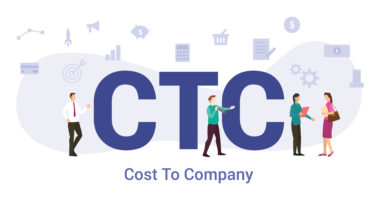1. e-Invoicing has been enabled for my business from 1st April 2021 as my turnover is between Rs.50 and Rs.100 crore. What is sandbox testing, and how do I carry out sandbox testing for my business? Is integrating my ERP the only option for my business?
Sandbox testing is a process mandated by the e-invoice portal to test the APIs (Application Programming Interface) in a step-by-step procedure to understand APIs’ flow. This process will help prepare the payload request with encryption and understand the response with decryption, etc. It will also provide various information on API usage, schema, masters, mapping, etc.
To understand more about what are APIs – the API interface is a site-to-site integration of two systems. Using this, the taxpayer can link his ERP system with the e-invoice system to generate IRNs (e-invoices) directly from his ERP, without the need to key in data in the e-invoice form on the portal. This integration reduces duplicate data entry and eliminates data entry errors. For the e-invoice generation process to run smoothly, the government has mandated that all e-invoicing eligible businesses who wish to integrate their ERP systems with the e-invoice portal should carry out sandbox testing and submit the report for the same.
One way to carry out sandbox testing for your business is to take on the services of a GSP/ASP (GST Suvidha Provider/Application Service Provider), who will integrate your ERP system with the e-invoice portal, fulfil the IT regulatory requirements set by the NIC, carry out sandbox testing and get your organisation e-invoicing ready.
The other way is to directly integrate your ERP with the e-invoice portal and carry out the sandbox testing on your own. This can be done by visiting the sandbox testing portal and following the given instructions.
If you do not wish to integrate your ERP, you can also generate e-invoices using the bulk-generation Excel tool offered by the e-invoice portal. You will need to visit the e-invoice portal, and navigate to ‘Help’ -> ‘Tools’ -> ‘Bulk Generation Tools’ and enter the required information to download the tool.
2. How can I get to know if a particular supplier is required to issue an e-invoice?
The obligation to issue e-invoices according to the terms of Rule 48(4) lies with the concerned taxpayer. However, any person can search for the status of enablement of a GSTIN on the e-invoice portal. Navigate to ‘Search’ -> ‘e-invoice status of the taxpayer’.
This listing of GSTINs is based solely on the turnover reported in GSTR-3B. This means that the list could also contain entities that are either exempt from e-invoicing or entities for whom e-invoicing is not applicable for some other reason. Hence, the e-invoice portal’s enablement status does not necessarily mean that the taxpayer is supposed to issue an e-invoice.
The taxpayer’s turnover slab can also be ascertained by navigating through the ‘Search Taxpayer’ / ‘Know Your Supplier’ sections on the GST portal.
If a registered person is required to issue e-invoices in accordance with Rule 48(4) but has not been enabled yet on the portal, he may request enablement by navigating to ‘Registration’ -> ‘e-Invoice Enablement’.
For any clarifications/feedback on the topic, please contact the writer at athena.rebello@cleartax.in

I’m a Chartered Accountant by profession and a writer by passion. ClearTax lets me be both. I love travel, hot tubs, and coffee. I believe that life is short, so I always eat dessert first. Wait.. life is also too short to be reading bios… Go read my articles!





